What are the disadvantages of gel batteries?
Gel batteries are a popular type of sealed, maintenance-free lead-acid battery, often promoted for their convenience. But like any technology, they come with a specific set of trade-offs. If you’re considering a gel battery for your boat, RV, or solar system, having a clear understanding of its potential disadvantages is key to making a smart investment.
The primary disadvantages of a gel battery are its higher upfront cost compared to traditional flooded batteries, a critical sensitivity to improper charging that can lead to permanent damage, and typically slower charging speeds. Additionally, its performance can be affected by the high ambient heat common in climates like Singapore’s, which can impact its overall lifespan if not managed properly.
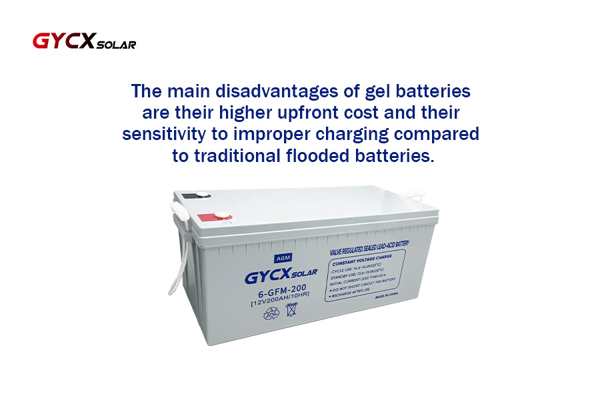
At Gycx Solar, we believe in providing a complete picture. While we supply various battery technologies, our goal is to help you understand both the pros and cons. Let’s explore the common questions and concerns surrounding gel batteries.
Is a gel battery better than a lead-acid battery?
This is the classic question, but it requires a quick clarification: a gel battery is a type of lead-acid battery. The real comparison is between a sealed gel battery and a traditional flooded lead-acid (FLA) battery. So, which one is better?
Neither is universally "better"; the best choice is a trade-off between convenience and cost. A gel battery is the better option if you prioritize a maintenance-free, spill-proof, and safe solution that can be installed in any orientation. A traditional flooded lead-acid (FLA) battery is better if your primary goal is the lowest possible upfront cost and you are willing to perform regular maintenance.
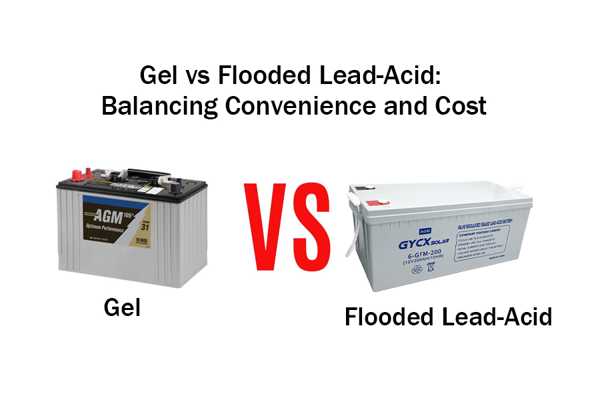
Dive Deeper: A Head-to-Head Comparison
Let’s look at the key differences:
- Maintenance:
- Gel: Winner. Completely sealed, requiring no water top-ups.
- FLA: Requires regular inspection and adding distilled water.
- Safety & Installation:
- Gel: Winner. Spill-proof design allows mounting in any position. Minimal gassing makes it safer for enclosed spaces like inside a boat cabin or an equipment room in a Singaporean apartment.
- FLA: Must be kept upright. Vents flammable hydrogen gas during charging, requiring excellent ventilation.
- Upfront Cost:
- FLA: Winner. Offers the lowest cost per amp-hour at purchase.
- Gel: Carries a significant price premium for its sealed, convenient design.
- Charging:
- FLA: More tolerant of slight variations in charging voltage.
- Gel: Very sensitive. Requires a specific, lower-voltage charging profile to prevent permanent damage.
- Durability:
- Gel: More resistant to vibration and shock.
- FLA: Can be very long-lasting if perfectly maintained.
The "better" battery is the one that best matches your application, budget, and willingness to perform maintenance.
What are the benefits of a gel battery?
Now that we’ve covered the disadvantages, let’s look at the powerful reasons why so many people choose gel batteries despite their higher cost. Their advantages are all centered on convenience, safety, and durability in tough conditions.
The key benefits of a gel battery are that it is completely sealed and maintenance-free, so you never have to add water. It is spill-proof and leak-proof, allowing it to be safely mounted in any orientation. It also offers excellent resistance to vibration and shock and provides reliable deep-cycle performance, making it a great choice for mobile applications or remote installations.
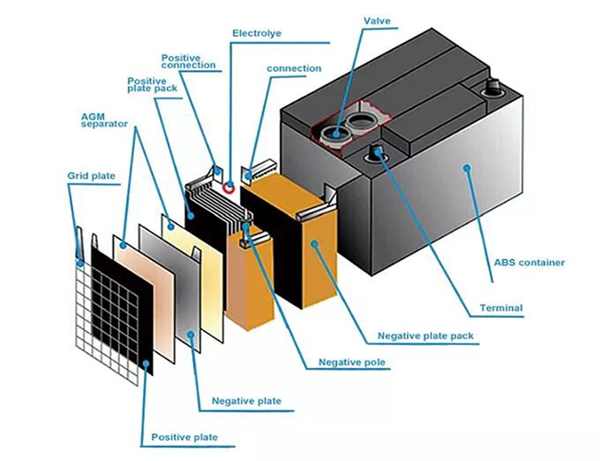
Dive Deeper: The Case for Convenience and Durability
Let’s explore these benefits:
- Zero Maintenance: This is the number one selling point. The "set it and forget it" nature of a gel battery is a huge advantage for anyone who doesn’t have the time or desire to perform regular battery checks.
- Installation Flexibility: Because the electrolyte is a thick gel, it can’t spill. This means you can install a gel battery on its side or at an angle to fit into tight or unconventional spaces in a boat, RV, or equipment cabinet.
- Enhanced Safety: The sealed design and minimal gassing during normal operation make gel batteries safer for installation in living spaces or areas with limited ventilation compared to their flooded counterparts.
- Vibration Resistance: The immobilized gel electrolyte provides better support for the internal lead plates, making the battery far more resistant to damage from the constant vibration and shock found in marine or off-road vehicle applications.
- Reliable Deep-Cycle Performance: Gel batteries are designed to be discharged and recharged repeatedly. When paired with the correct charger, they provide a stable and reliable power source for solar energy1 systems and other deep-cycle uses.
Gycx Solar Story: "We often recommend gel or other sealed batteries for our clients in Singapore with marine applications. The constant motion and vibration on a boat can be tough on standard batteries, but the robust, spill-proof nature of a gel battery makes it a much safer and more reliable choice on the water."
Can you trickle charge a gel battery?
You want to keep your gel battery fully charged and ready for use, especially during storage. Can you hook it up to a standard trickle charger to maintain its charge? This is a critical question where the type of charger makes all the difference.
You can safely maintain a gel battery using a modern, multi-stage "smart" charger or maintainer that has a specific, gel-compatible float mode. However, you should avoid using a simple, old-style, unregulated "trickle charger." A smart charger’s float mode is a precise, low-voltage maintenance charge that is safe long-term. A basic trickle charger, on the other hand, can slowly overcharge and permanently damage the gel battery over time.
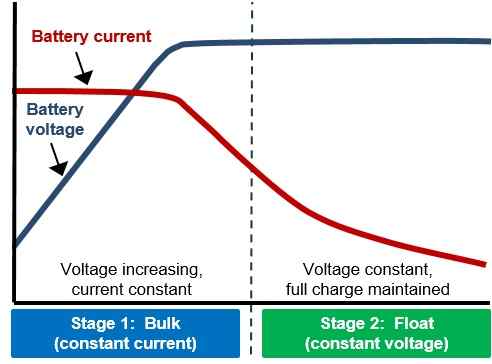
Dive Deeper: The Difference Between "Float" and "Trickle"
It’s crucial to understand this distinction for your battery’s health:
- Smart "Float" Charging (Safe): A modern, multi-stage charger (like a quality solar charge controller or AC charger) will charge the battery fully and then automatically switch to a "float" stage. In this mode, it drops the voltage to a very low, safe level (e.g., around 13.5V – 13.8V). It will only supply tiny pulses of current as needed to offset the battery’s natural self-discharge. This keeps the battery at 100% without the stress of a continuous charge.
- Basic "Trickle" Charging (Dangerous): An older, unregulated trickle charger is a much simpler device. It may supply a low, but constant, current indefinitely, regardless of whether the battery is full. Over weeks or months, this continuous current will eventually lead to overcharging, causing the gel to dry out and permanently damaging the battery.
The Bottom Line: For long-term maintenance charging, always use a modern "battery maintainer" or "tender" that explicitly states it is compatible with sealed or gel batteries.
What is the life expectancy of a 200Ah gel battery?
You’re looking at a large, high-capacity 200Ah gel battery for your system. Does this bigger size mean it will last for more years than a smaller battery? Let’s clarify the difference between capacity and lifespan.
The 200Ah rating refers to the battery’s capacity—how much energy it can store and how long it can power your devices. It does not determine its lifespan in years. A 200Ah gel battery has the same expected lifespan as a 100Ah version of the same model and quality: typically 5 to 10 years of calendar life, or 500 to over 1,000 charge cycles. The actual lifespan you get is determined by how it’s used and cared for, not by its amp-hour rating.
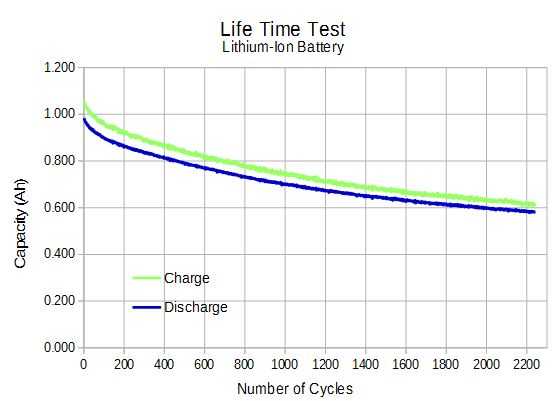
Dive Deeper: Capacity Dictates Runtime, Not Longevity
Here’s the key distinction:
- Capacity (Amp-hours – Ah): This determines runtime. A 200Ah battery can deliver 10 amps of current for 20 hours, while a 100Ah battery can only deliver that same 10 amps for 10 hours. The 200Ah battery has double the fuel in the tank.
- Lifespan (Years & Cycles): This determines durability. It’s a measure of how many times you can fill and empty the tank before the tank itself wears out. A 100Ah and a 200Ah battery from the same product line will have the same durability rating.
- The Nuance – How Capacity Can Influence Lifespan: While the intrinsic lifespan is the same, choosing a larger battery (like a 200Ah) can indirectly lead to a longer life. If your daily energy need is 50Ah, using a 100Ah battery means you’re discharging it to 50% Depth of Discharge (DoD) each day. Using a 200Ah battery means you’re only discharging it to 25% DoD. These shallower cycles are much less stressful on the battery, which can significantly increase the total number of cycles it will deliver, making it last for more years in the same application.
- Key Factors: Regardless of size, the lifespan of your 200Ah gel battery will be determined by:
- Correct Charging: Using a compatible gel charger is the #1 factor.
- Temperature: Keeping it cool is the #2 factor, especially in Singapore’s climate.
- Depth of Discharge: Avoiding unnecessarily deep cycles.
Gycx Solar Story: "We often advise clients that sizing a battery bank about 20-30% larger than their minimum need is a smart investment in longevity. The shallower daily cycles on a larger bank like a 200Ah system can translate into years of extra service life."
While gel batteries have disadvantages like higher cost and charging sensitivity, their benefits in convenience, safety, and durability make them a worthy contender for many applications. They are "better" than traditional flooded batteries when maintenance is a concern. The key to unlocking their value and long life is a commitment to proper, compatible charging.
Whether a gel battery, another lead-acid type, or a modern, long-lasting lithium system is the right choice for you, our expert team at Gycx Solar can help you navigate the options. We ensure your entire system, from the battery to the charger, is perfectly matched for optimal performance. Contact us today for a professional consultation!
Understanding the concept of Solar energy will help you better compare and understand battery-related data concepts. ↩
